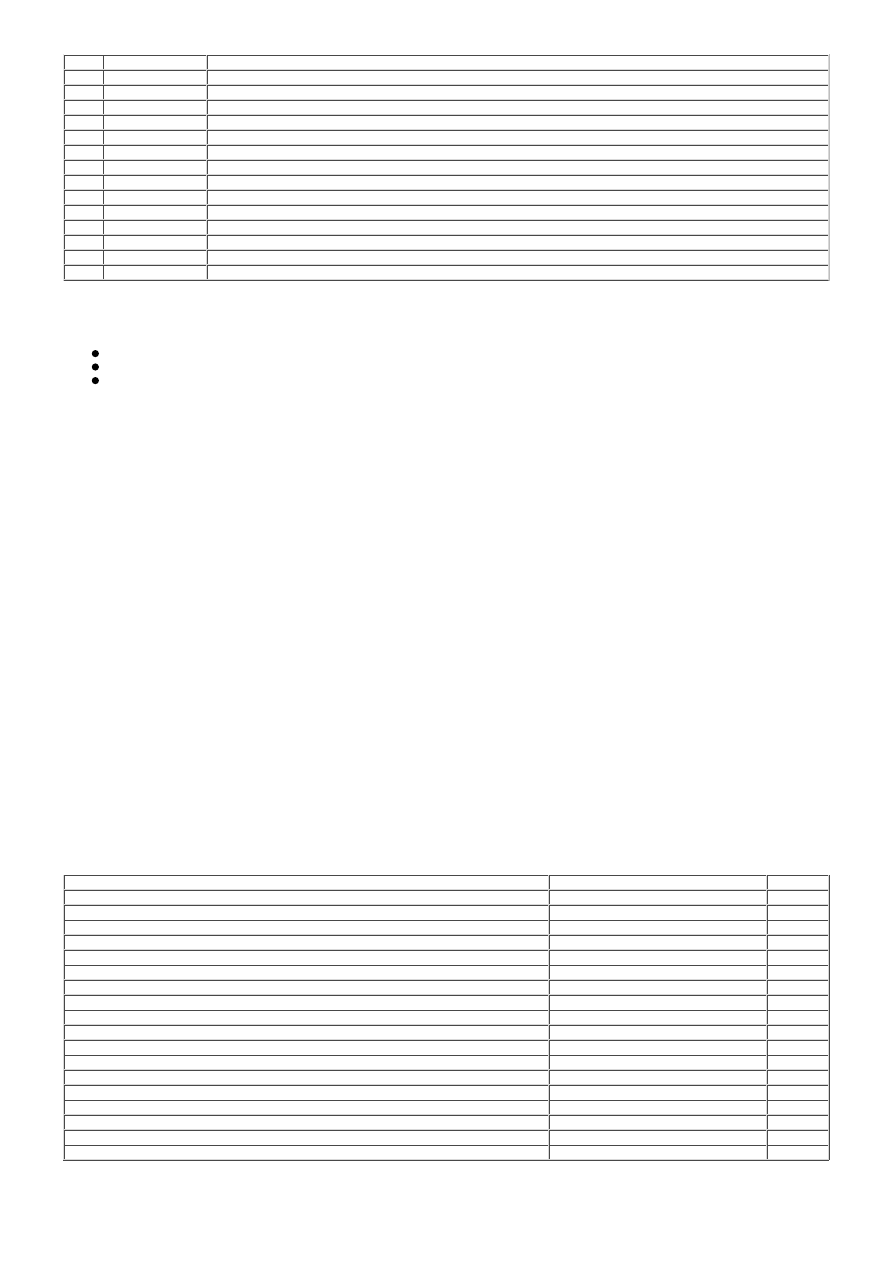Frelander 2. Manual - part 480

5
-
Side turn signal lamp
6
-
Headlamp leveling module or Adaptive Front lighting System (AFS) control module
7
-
Battery Junction Box (BJB)
8
-
Column stalk multifunction switch
9
-
Reverse lamp switch (Manual transmission only)
10
-
Light switch module
11
-
Stop lamp switch
12
-
Front height sensor (Xenon headlamps only)
13
-
Reflector
14
-
Rear lamp assembly
15
-
License plate lamps
16
-
High mounted stop lamp
17
-
Central Junction Box (CJB)
18
-
Front fog lamp
19
-
Headlamp assembly
OVERVIEW
Three levels of exterior lighting are available depending on vehicle specification:
Halogen headlamps
Bi-xenon High Intensity Discharge (HID) headlamps
Bi-xenon HID Adaptive Front lighting System (AFS) headlamps.
A light switch module is located in the instrument panel and allows the driver to select the appropriate operation of the
exterior lighting systems.
The rear lamp assemblies contain side lamps, stop lamps, reverse lamps, turn signal indicators and rear fog lamps. On
North American Specification (NAS) vehicles the rear lamp assembly also includes a side marker lamp. The rear lamp
assemblies require removal for bulb replacement. Two reflectors are mounted in the rear bumper.
All versions of the headlamps have impact resistant polycarbonate lens'. Removable covers at the rear of the headlamps
allow for bulb replacement. The headlamps require removal for bulb replacement.
The halogen headlamps have large complex surface reflectors to optimise the beam patterns in low beam only. A high
beam only reflector is located on the inboard side of the headlamp. Headlamp leveling on the halogen headlamps is
manually adjusted using a rotary thumbwheel located in the light switch module which operates leveling motors located in
the headlamp.
The bi-function HID headlamps and the AFS headlamps use a projector unit with a D1S xenon bulb which operates in both
low and high beam. An additional halogen high beam only reflector is located on the inboard side of the headlamp.
Headlamp leveling is automatic on the HID headlamps. Front and rear height sensors are located on the Left Hand (LH)
side of the front and rear axles. These measure the vehicle attitude and a headlamp leveling module, which is located on
the bulkhead 'A' pillar behind the glovebox, automatically controls the headlamp vertical alignment.
Headlamp powerwash is a standard fitment on HID headlamps.
Turn signal indicators and high and low beam functions are controlled from the LH steering column multifunction switch.
The turn signal indicators have a lane change feature. A single press and release of the multifunction switch in either
direction will operate the selected turn signal indicators for 3 cycles.
The exterior lighting is controlled by the CJB. The CJB is the main controlling module for vehicle body systems and is
located behind the glovebox in the instrument panel.
The CJB provides circuit protection for all exterior lighting circuits.
Exterior Bulb Type/Rating
The following table shows the bulbs used for the exterior lighting system and their type and specification.
Bulb
Type
Rating
Halogen Headlamps - Low beam - Rest Of World (ROW)
Halogen H7
55W
Halogen Headlamps - Low beam - North American Specification (NAS)
Halogen H11
55W
Xenon headlamps - Low/High Beam
Xenon D1S
35W
Headlamps - High Beam
Halogen H7
55W
Front fog lamps
Halogen H11
55W
Rear fog lamps
Bayonet P21
21W
Turn signal indicator lamps - Front - ROW
Bayonet PY21W
21W
Turn signal indicator lamps - Front - NAS
Bayonet 7507A or PY21W
21W
Side turn signal lamps - Up to 2009MY
Capless W5W Clear
5W
Side turn signal lamps - From 2009MY
Capless WY5W Orange
5W
Turn signal indicator lamps - Rear - Up to 2009MY
Bayonet PY21 Orange
21W
Turn signal indicator lamps - Rear - From 2009MY
Bayonet Silvervision PY21W SV
21W
Side lamps - Front
Capless W5W
5W
Stop/Tail lamps
Bayonet - Twin filament P21/5
21W/5W
High mounted stop lamp
W16W
16W
License plate lamps
Capless W5W
5W
Reversing lamps
Bayonet P21
21W
NAS - Side marker lamp (rear)
Capless W5W
5W
CONTROL DIAGRAM